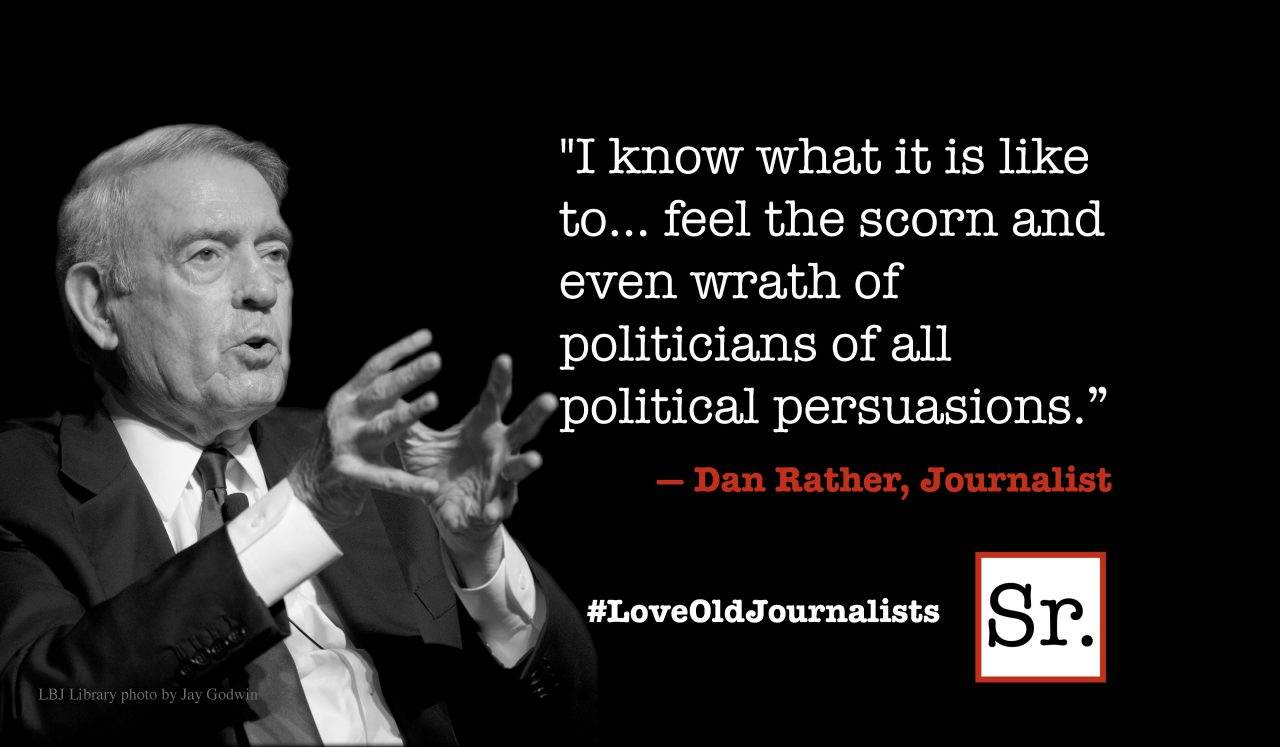The Wall Street Journal says there’s no difference between a child whose primary interest is reading and a child who uses social media obsessively. In WSJ’s March 22-23 “Mind and Matter” column, Alison Gopnik recounts, in fable form, her childhood obsession with “The Device,” which turns out to be books. She then claims to know of research supporting the notion that reading books “hijacks” large portions of a child’s brain, portions “that had originally been designed for other purposes.”
I keep up on research of this sort, and while I can’t claim to have seen it all, I’ve not heard of any that compels such a conclusion. The studies I’m familiar with all support the view that the human brain is ideally suited to learning to read. If symbol-based print media (i.e. books) are presented to a child at the proper time and in the proper fashion, the brain engages naturally and effectively. Learning to read does not “hijack” areas of the brain designed for “other purposes” (that Gopnick, most conveniently, never identifies). In effect, she describes the brain as a zero-sum operating system in which learning one skill displaces the ability to learn something else. That might describe a mouse brain, but it does not come close to describing the amazing learning capacity of a human’s.
To bolster her thesis, Gopnick cites danah boyd (boyd does not capitalize her name) of New York University and Microsoft Research. Obviously, boyd is not impartial. She works for a company that is heavily invested in new technologies, and it’s clear from her Wikipedia biography that she thinks social media are way cool. How did she come to her conclusions? By hanging out with teens and interviewing them. In other words, to find out how social media are affecting teens, she gets social with teens. To be clear, this is not science.
Gopnick begins her column by asking “How does technology re-shape our children’s minds and brains?” but never gets around to answering the question. She delves no further into the subject than to reference boyd’s social work and conclusion to the effect that while it requires new considerations, the new social media simply enable teens to do what they have always done — form communities, flirt, gossip, and rebel. “The kids are all right,” she concludes, quoting the rock band The Who.
No, they aren’t. The best research into the effect of digital technologies on the developing brain has been done by psychologist Jane Healy, author of Endangered Minds and Failure to Connect. Healy has found that screen-based devices compromise the integrity of the developing brain, disconnecting areas that support important functions such as sequential problem-solving, attention span, and verbal reasoning — all of which are strengthened by reading. Healy is everything Gopnik and boyd are not. First, she has scientific credentials. Second, she is impartial. Third, her conclusions support common sense.
Speaking of the latter, all one has to do to assess the impact of what I prefer to call anti-social media on teens is watch them stand around in groups, texting rather than conversing. Or talk to a teen who keeps looking at her cell phone during the “conversation,” during which she demonstrates her mastery of two- and three-word sentences.
Speaking as a subscriber, the Wall Street Journal really dropped the ball on this one…like…totally.








